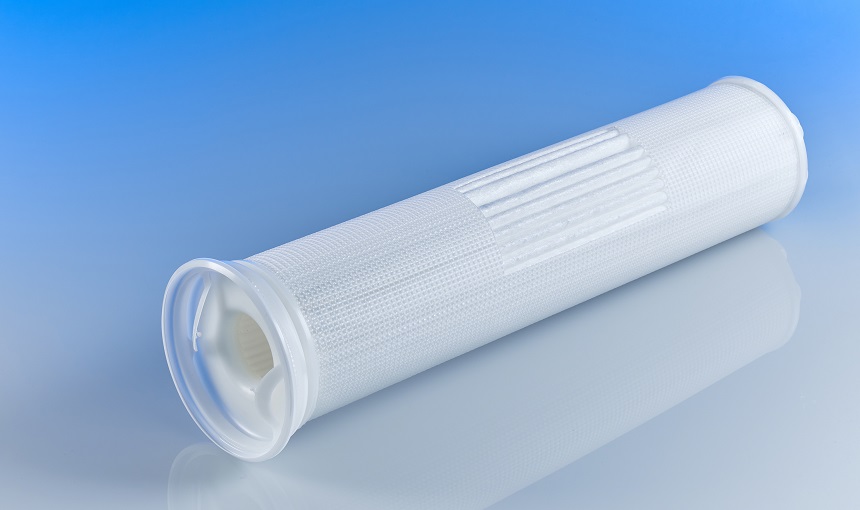
In the next issue of Filtration+Separation
When selecting a filter bag and the assorted options various aspects need to be taken into consideration to make sure the best possible performance level will be achieved. This article from Eaton looks at some of the most relevant criteria.
Bag filtration is used in many industrial processes to remove unwanted particles from a liquid. Traditionally, this filtration method was a basic option for nominal non-critical applications. Today, filter bags are used to filter many different liquids, from water to glue, for wider and more stringent applications and conditions. Some of the most relevant criteria are: • Characteristics and size of particles or solids to be removed (absolute versus nominal) • Process conditions (flow rate, pressure, temperature) • Filter media types • Ways to improve filtration processes • Considerations for filter housing choice
Characteristics When cleaning a liquid, only certain contaminants may need to be removed but others, which are not critical or which are valuable, can or have to stay in the filtrate. When practically all particles of a specific size and larger need to be removed an ‘absolute’ filter is needed. The ‘absolute’ pore size rating specifies the pore size at which a particle of a particular size or larger will reliably be retained by the filter with defined efficiency (e.g. >99%) under strictly defined test conditions. Example: 15 µm absolute means that all particles with pore size of 15 µm or larger will be retained to 99% during one filtration process.
A ‘nominal’ pore size rating refers to a filter capable of preventing passage of an undefined percentage of solid particles of greater than the stated pore size, which is normally expressed in micrometers (or microns). Conditions during filtration, such as operating pressure, shape and concentration of particles, have a significant effect on the retention capability of the filters.
The discussion on ‘nominal’ versus ‘absolute’ is one of the most important criteria to look at. ‘Nominal’ is not worse than ‘absolute’. The key is to find the filters that work best in the specific application without exceeding or putting in finer filters than needed. This is typically done by on-site testing.
The cost-value ratio needs careful consideration: the finer the filter, the more expensive it will be. In addition, finer filters typically clog faster, too, which relates to downtime and again increasing costs. To avoid clogging, the industry often relies on two or more filtration steps. With every step, the filters become finer in order to remove smaller particles than in the previous step. This prefiltration process reduces the risk of too early filter clogging until final filtered liquids are ready for usage.
Process conditions The process conditions are highly relevant to choosing the right filtration solution. Depending on the application there might be a need for a specific temperature resistance or the ability to deal with higher pressures. Next to choosing the right type of filter, process parameters also play a role in the specific sizing of the system. Once the filter type is selected, the required flow rate defines the number of filter bags required. Depending on the process conditions, the quantity of filter bags can be increased. In a batch process, for example, more filter bags might need to be considered to avoid interruptions for changing out filter bags. Following a scheduled change-out interval it may be more appropriate for better maintenance planning.
Other factors can be ergonomic in nature, or footprint or height restrictions. Often smaller, more compact filters are preferred for height accessibility or ease of exchange. When filtering viscous liquids, such as glues, paints or resins, it may be more practical to have a shorter type filter where the housing has a lower access point and the bag itself is shorter. The capacity will only be half of the more popular size, but the ergonomic advantage makes it the preferred option.
Click here to sign-up to receive your copy of Filtration+Separation.





